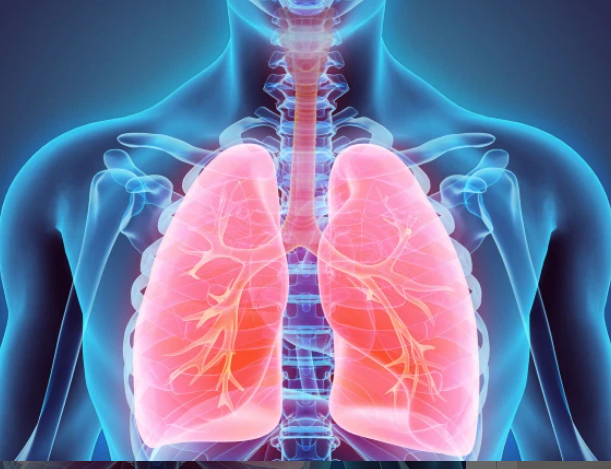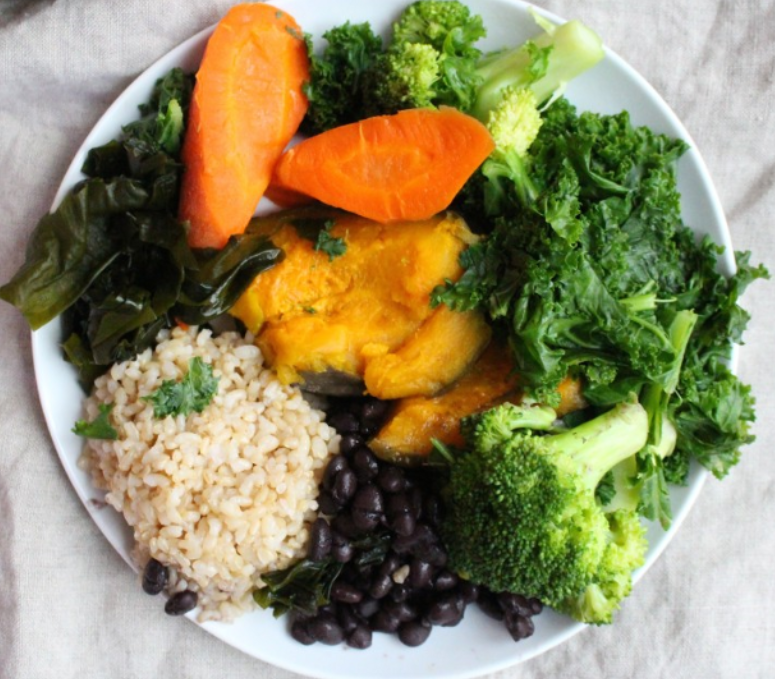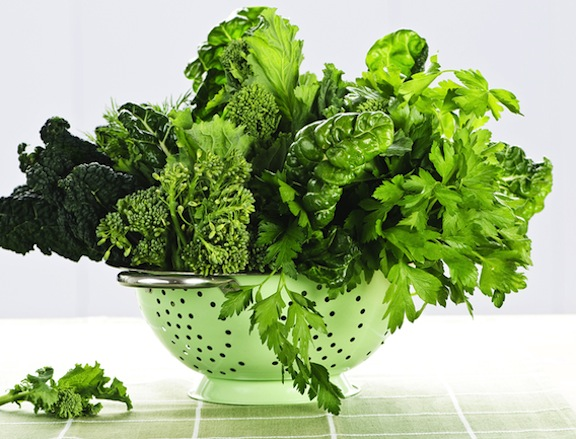TURNING COVID INTO A COLD WITH MANAGEABLE SYMPTOMS
Can diet and lifestyle changes help us return to some sense of normalcy?
In some individuals who have not incorporated a healthy diet for at least the prior six months prior to being exposed to SARS-CoV-2, the virus can invade the respiratory system looking for a host. Even now with smoke from fires blanketing many communities and environmental toxins wafting in the atmosphere, we’ve got to do something to improve our own body’s onboard air filters — our lungs.
Serious symptoms from inhaled smoke and viruses that may result are not caused by an infection per se or by the body’s ability to fight or cleanse itself, but rather by a set of reactive processes these invasions cause. Fat deposits and toxins housed in the lungs are a primary concern.

The challenge in minimizing COVID’s death toll and the long haulers it sometimes produces means supporting the body to clear the virus without going into pneumonia or respiratory failure. Doing so might result in far more mild cases allowing people to deal with manageable though uncomfortable symptoms that feel more like a common cold and mucous-like discharge.
While many eyes are on the phenomena of cytokine storm, that reaction may be secondary to what is taking place in those with high levels of fatty substances (lipids) in the bloodstream. Individuals with diabetes, hypothyroidism, kidney and liver disease are at greater risk — not because of these conditions alone, but because once the virus does make its way into the lungs, debilitating symptoms often increase. Simply speaking, it’s essential to break those fat deposits up safely to prevent the body’s own protective systems from overreacting.
If hyperlipidemia is present and the virus does enter the lungs, mainstream medicine might prescribe various cholesterol lowering drugs – Lipitor, Lovastatin, Crestor, Zocor and many others (like Repatha, which acts differently) — but for those who need to reduce cholesterol more quickly and for the many who would not consider taking such medications, there are other good choices. Doing so long before exposure improves outcome ten fold. An immediate switch to more plant sources of protein is an essential first step. Switching ones focus to fiber rich vegetables and fruits and a reduction of refined, simple carbs is the obvious next task.

But considering an urgent need and short term goal to break apart fat molecules is of prime importance, there a few other actions to consider even for those who wish to reduce the risk of playing host to viruses of any kind.
And so, ….. to the kitchen.
NATTŌ is an amazing traditional food of Japan that has potent fibrinolytic (dissolves blood clots) activity, antihypertensive, anti-atherosclerotic, and lipid-lowering, neuro-protective effects. If you cannot find or make this wonderful food (or do not like the taste), “nattōkinase”, the enzyme produced from nattō, is available as a supplement. It is even listed now on the website of Sloan Kettering Caner Center among many other mainstream institutions. Research around its efficacy in fighting blood clots is impressive.
DAIKON — fresh, raw, grated or lightly cooked, can help break down fats. Dried daikon, soaked and cooked with kombu sea vegetable, can help dissolve fats held deeper in body tissues. Even red and black radishes have slightly less fat-dissolving effect but can be substituted in a pinch.
FRESH, GREEN LEAFY VEGETABLES — Kale is plentiful now in the fall season in the US, collard greens, radish tops, mustard greens, boy choy, mizuna, arugula, Chinese cabbage, watercress, micro-greens are all good choices. Though both Swiss chard and spinach contain good elements, I recommend minimizing the use of these two greens as they also contain some less favorable qualities.

GINGER — is a natural decongestant, served in tea or used in cooked dishes. THYME AND OREGANO are both herbs known to benefit the respiratory system but beware of strong spices (the above are herbs) as many have an unexpected “dispersing” effect that can hinder healthy lung function.
….and then away from the stove…..
MOVEMENT is a must to reduce fatty deposits in the body — think the opposite of “couch potato” and get your heart rate up! Aerobic exercises and high-intensity interval training (short bursts of high activity followed by slower rates) increase the efficacy of aerobic exercise. Traditional practices like QiGong, Tai Chi, Yoga and Natural Chi Movement are also helpful — just to get energy and blood flowing in the body. But you don’t need a class (though there are plenty of free, online options to choose from) or costly equipment to get the job done. Get off the couch, turn the music up, and dance. No one’s watching anyway, right?

Everyone wants to return to life without imposed restrictions but for some people doing so can be literally life-threatening. As we improve our own conditions with diet and lifestyle adjustments, let’s help others with simple suggestions that can heal as only nature can do — something that always occurs from the inside out. Changing our blood quality is a good start.